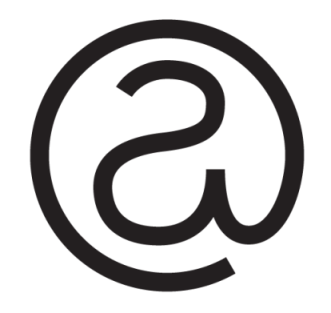After the New York Times’ article “Semicolons: a love story” mentioned here last time, Mary Norris of the New Yorker has weighed in with a rather more measured piece entitled “Semicolons; So Tricky”. Where do Shady Characters’ readers sit on this mark, I wonder? Is use of the semicolon a matter of taste or an essential part of writing?
Also mentioned here recently was Conrad Altmann’s site Glyphaday. Conrad has recently moved his focus from individual characters to the glyph-by-glyph creation of the entire alphabet. It’s a great opportunity to see a new typeface being crafted piece by piece, and there are still some tidbits (such as this assertive asterisk) to be had for punctuation-philes.
The long s, or ‘ſ’, isn’t exactly a mark of punctuation, though I think it still more than qualifies as a Shady Character. It will be making a guest appearance in the book, but until then Andrew West’s exhaustive article “The Long and the Short of the Letter S” is well worth a look. That’s all for now; the 1st September deadline for handing in the Shady Characters manuscript is looming ever larger, so I have to cut things a little short. Wish me luck!

